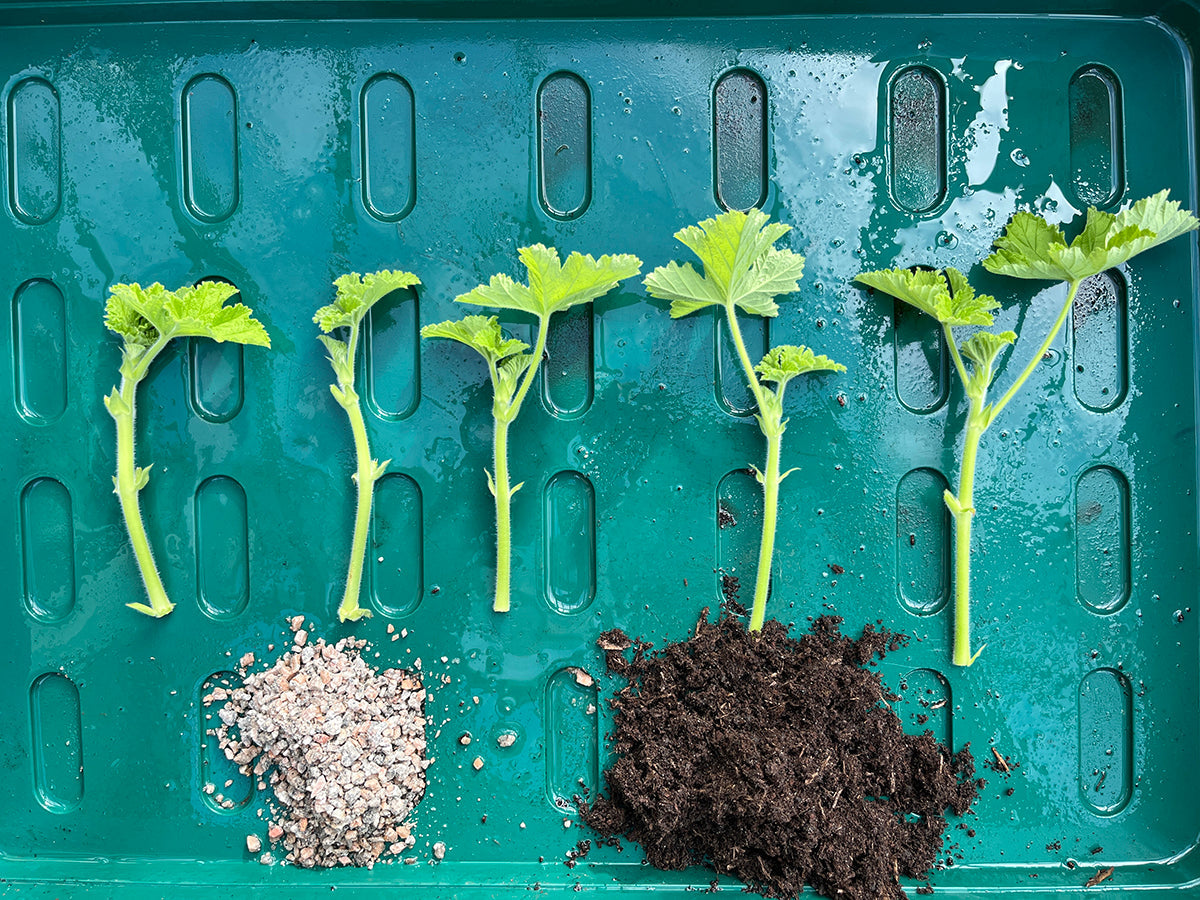The joys of lavender

Drifts of lilac-coloured lavender, humming with bees against a blue sky is a wonderful summer sight. As well as being beautiful, lavender can also be dried – hanging the sprigs upside-down in an airy place – and used in everything from cooking to aromatherapy.
With a unique herbal flavour, culinary lavender has been used for centuries in both sweet and savoury dishes. English varieties such as Lavandula angustifolia 'Munstead’ work well and should ideally be harvested whilst still in bud. Lavender salt, made by grinding sea salt with a few lavender buds, makes a tasty seasoning for fish or new potatoes. And lavender gives chocolate, cream or honey a distinct herby flavour. Infusing caster sugar with around 2 tsp to 1kg sugar is excellent for shortbread or cakes - or add a few heads to your cake mixture, sprinkling a few buds onto icing as a garnish.
With its heady floral scent, lavender has also long been used to freshen the house. A simple potpourri can be made by combining dried lavender with dried rose petals and buds as well as herbs such as rosemary and lemon balm. Petals can be dried on a wire mesh in a place that has good air circulation. Add a few drops of lavender or rose essential oil and a small amount of fixative such as orris root powder, shake and seal in a container for about six weeks.
The other benefit of lavender is that the floral scent deters moths. Fill a spice sachet or muslin bag with lavender buds and put them between woollens or in the wardrobe. Give them a squeeze to refresh the scent. Hopefully that will avoid the larvae, which do all the damage.










